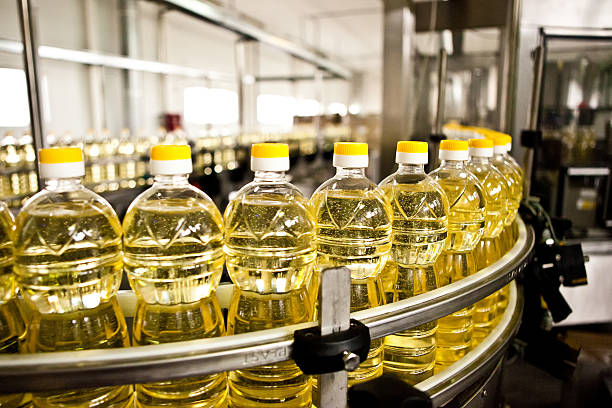Plastics are the most common materials for producing end-use parts and products, from consumer products to industrial parts and medical devices. Plastics are a versatile category of materials, with thousands of polymer options, each with their own specific properties to suit different requirements.
A variety of plastic manufacturing processes have been developed to cover a wide range of applications and types of plastics. Each process has unique features and specialties with different lead-times, cycle times, setup costs, forms, cost per unit, and volume. Here we talk about some of the most common manufacturing processes for producing plastic parts and products.
Blow Moulding
By inflating a heated plastic tube inside a mould, we can create hollow plastic parts. This type of manufacturing process operates at far lower pressures than injection moulding. It has a lower tolling cost then injection moulding. Blow moulding is the most common process for creating plastic bottles, toys, automotive parts etc.
CNC Machining
CNC machining is a unique process where material is removed by a spinning tool and a fixed part. This is ideal for low volume plastic part application that requires geometrics that are difficult to mould. This process can produce high-quality plastic components with short lead time. Cost per part increases with part complexity.
CNC machining can be an effective alternative for creating parts that are hard to mould, rendering the method ideal both for prototyping and creating certain end-use products, including bushings and gears. However, part complexity can quickly increase the cost per part when using machining processes, and certain geometric shapes, such as curved interior channels are difficult if not impossible to create using subtractive manufacturing.
Vacuum Forming
This is a method of making small functional plastic parts, especially high-quality prototypes, and suitable for low-volume production. Vacuum casting is a highly versatile technology for elastomers which uses a vacuum to pull the liquid raw material (e.g. Polyurethane resins, cast nylon, waxes) into the mould. This process is used when air entrapment is a problem, if there are elaborate details or recessed surfaces, or if the material is reinforced with fiber or wire (e.g. glass-filled Nylon). The raw material is poured into the two-piece silicone mould and the vacuum released. The mould is removed from the chamber and the casting is cured in the oven, and mould is then removed to release the casting. Mould can then be reused.


